Planting rose seeds requires patience, as it is not the fastest method of reproducing these beautiful flowers. However, once you have achieved the expected results, you can rose in its beauty and colours.
It is important to clarify that, when planting roses using this method, you may not get the same plants as you have obtained the seeds since they do not always retain the characteristics of the mother plant. For example, they may be weaker or bear fewer flowers. To obtain roses equal to those of the mother plant you must use other methods, such as grafting, cuttings or layering.
From the seeds, we can obtain species roses or patterns, or new varieties of roses. Ideally, the seeds do not come from gardens to avoid any possibility of contamination.
Before starting the process, choose which variety of rose you want to plant since there are around a hundred different varieties. To choose it, consider the needs of the plant, such as the climate and space they need. For the climate, you can check the region where the variety you chose comes from, or where it is most common to find it. For space, consider the size the plant can grow to.
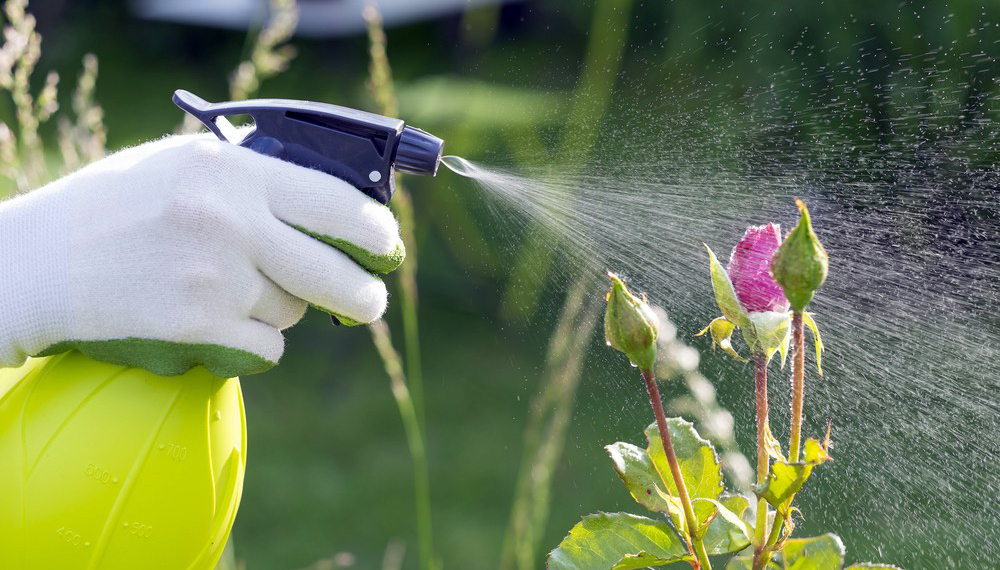
5 Steps How to Grow Roses from Seed
How to Get Rose Seeds?
To obtain the seeds, you must first obtain a ripe rosehip from a rose bush. They will be ripe when they have a reddish tone (in some cases they can reach darker tones such as purple or a little lighter, such as orange ). You must remove it before they dry, otherwise, the seed will no longer serve. The fruit of the roses usually ripens in the fall, so that will be the starting point to start with your rose bush.
Once you have the ripe fruit, you must remove the seeds from the inside of the rose hips. Remember to clean them well by removing any type of lint or pulp. Then soak them overnight, or at most one day, but no more than that. You can use an anti-fungal product in the water to decrease the chances that a lot of moulds will grow on the plant, although it is not essential.
Soaking them can help you reduce germination time, so it is recommended to do so if you want to achieve faster results, but it is not a mandatory step. Some people comment that if the seeds float it is because they are sterile and will not germinate, but do not listen to it. This is not the case with roses; it is common for them to float. However, it is also common that many of them do not germinate.
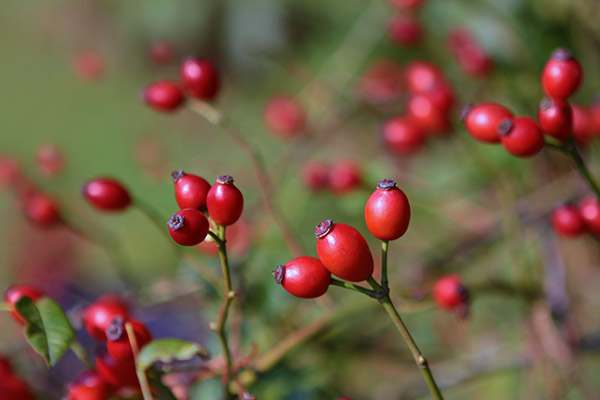
How To Germinate Rose Seeds? Stratification Method
Rose seeds need the layering process to germinate. This process, in nature, occurs with the arrival of winter since its seeds need cold to develop.
To simulate it and promote the germination of our seeds, what we will do is place them in a slightly humid bag or container with peat, substrate or coconut fibre. Put the container in the fridge for 3 or 4 weeks. In some cases, it can take up to 16 weeks for seeds to germinate, and some may never even germinate.
Check the container several times a week to keep it moist, as well as watch out for any outbreaks.
If you have bought the seeds, check that they have not already gone through this process. If you have, you can skip it and go directly to plant them.
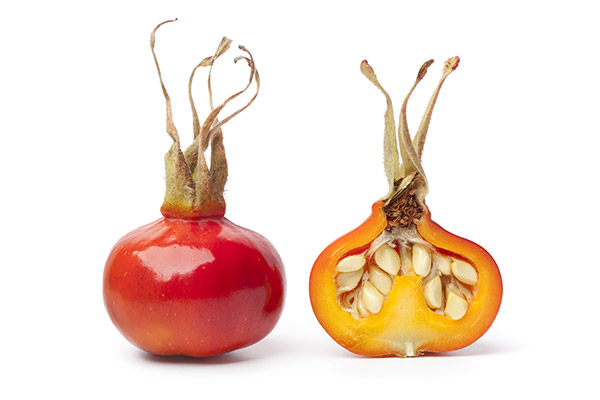
How To Plant Rose Seeds?
Once we have our seeds ready to be planted, you must transfer them to a seedbed or tray of alveoli. Unless you use purchased and ready-to-plant seeds, you should plant them as soon as you see the sprouts.
Use soil that has good drainage, thus avoiding the shoots to rot. Buds should go down. When planting them, leave a space of 6mm down and try, if possible, to maintain a minimum distance of 5 cm between each seed. If you have followed the steps indicated above, it would be normal for you to get offspring after the first week.
You must keep the soil moist; For this, you can also add mulch or padding. Remember that you should not use excess water and always use land that has good drainage. In addition, it is important to allow them to receive around six hours a day of sun for optimal growth of the stem, and if it is in the morning, better. The ideal temperature for this plant will be between 15 and 25 degrees.
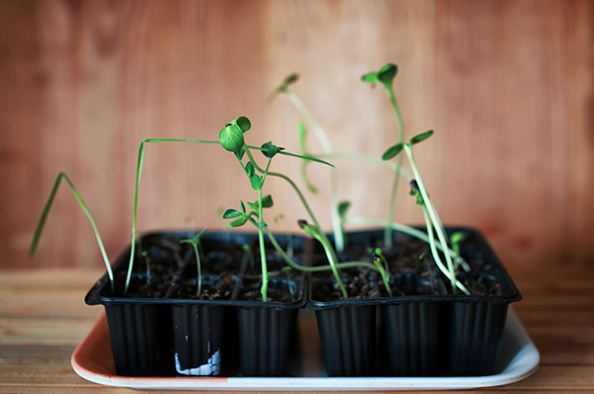
Transplant The Stem
When you see that it already has multiple leaves (make sure they are real leaves and not stems), or that the root is running out of space, it will be time for the transplant. If possible try to avoid transplanting if it is still too cold where you are; Ideally, it should be done near the end of winter or early spring.
To perform the transplant, moisten the stem and place it in a hole with enough space for its roots. Again, remember to use the right soil for your rose garden. Add plenty of water after the transplant is complete.
When your stems have recovered from the transplant, you can continue with the normal care of the roses.
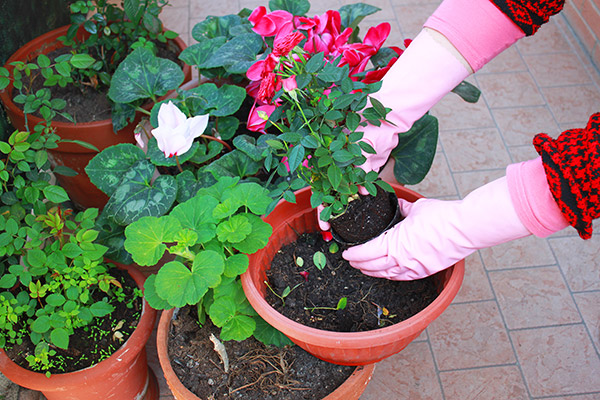
Basic Tips to Take Care of Your Rose Bush
Roses are very delicate plants and require a lot of care. It is important that they receive sunlight, preferably in the morning, and frequent watering. Always remember to use soil that has good drainage, but with a certain degree of moisture retention. The ideal temperature for this plant is between 15 ° C and 25 ° C, although it can withstand up to -10 ° C (it is better than if it gets so cold they are protected since they can damage the flowers and the roots).
Another important fact is to carry out correct pruning, being winter the most suitable moment for it. This will allow the plant to grow healthier.
Finally, we should not neglect them from possible pests that may attack your rose bush.

